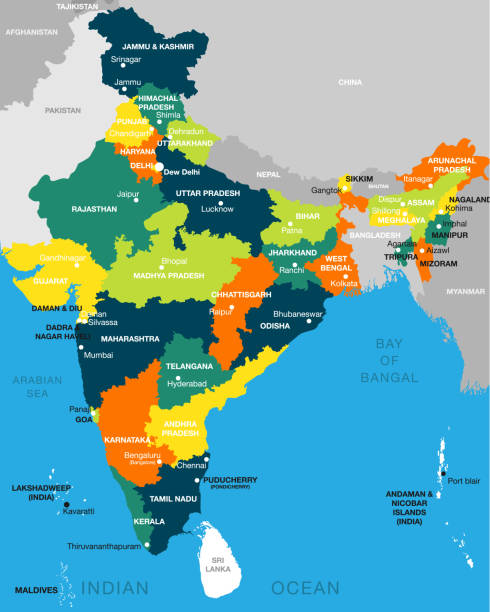Earliest Period of Human Existence was ?
Previous year ssc questions | cgl previous year question |multiple choice | previous year question papers |competitive exam |questions and answers |
Pre-Historic Period-Question 5
Daily Online General Knowledge Quiz:Previous year paper gk questions with answers and explanation in English on Indian History of Pre-Historic Period.
5.The earliest period of human existence was ?
A.
Chacolithic period
B.
Mesolithic period
C.
Paleolithic period
D.Neolithic period
Paleolithic period
Note: Human beings lived in the Palaeolithic period were food gatherers and depended on nature for food. Thus, it can be said that the earliest period of human existence was Palaeolithic period. The Palaeolithic was coined by archaeologist John Lubbock in 1865.
Domestication of animals began during Mesolithic period(9000-4000 BC).
Neolithic people are food producers(4000-1800 BC)
🔑Key Points
The Palaeolithic also called the Old Stone Age (from Greek palaios - old, lithos - stone), is a period in prehistory distinguished by the original development of stone tools that covers 99% of the period of human technological prehistory.
The Palaeolithic Age in Europe preceded the Mesolithic Age, although the date of the transition varies geographically by several thousand years.
During the Palaeolithic Age, hominins grouped together in small societies such as bands and subsisted by gathering plants, fishing, and hunting or scavenging wild animals.
The Paleolithic Age is characterized by the use of knapped stone tools, although at the time humans also used wood and bone tools. Other organic commodities were adapted for use as tools, including leather and vegetable fibers. But, due to rapid decomposition, these have not survived for a long time.
The economy of a typical Palaeolithic society was a hunter-gatherer economy.
Humans hunted wild animals for meat and gathered food, firewood, and materials for their tools, clothes, and shelters. Human population density was very low, around only one person per square mile. This was most likely due to low body fat, infanticide, women regularly engaging in intense endurance exercise, late weaning of infants, and a nomadic lifestyle.
Palaeolithic humans enjoyed an abundance of leisure time unlike in both Neolithic farming societies and modern industrial societies.
At the end of the Palaeolithic age, specifically the Middle or Upper Palaeolithic, humans began to produce works of art such as cave paintings, rock art and jewellery and began to engage in religious behaviour such as burials and rituals.
The Hominini form a taxonomic tribe of the subfamily Homininae ("hominines"). Hominini includes the extant genera Homo (humans) and Pan (chimpanzees and bonobos) and in standard usage excludes the genus Gorilla (gorillas).
*This Question is a part of previous year paper gk questions on Pre-Historic Period of India.
References
1.Paleolithic Age-wikipedia2.Hominini-wikipedia
3.NCERT Text Books
More Questions on Pre-Historic Period of India


Comments
Post a Comment